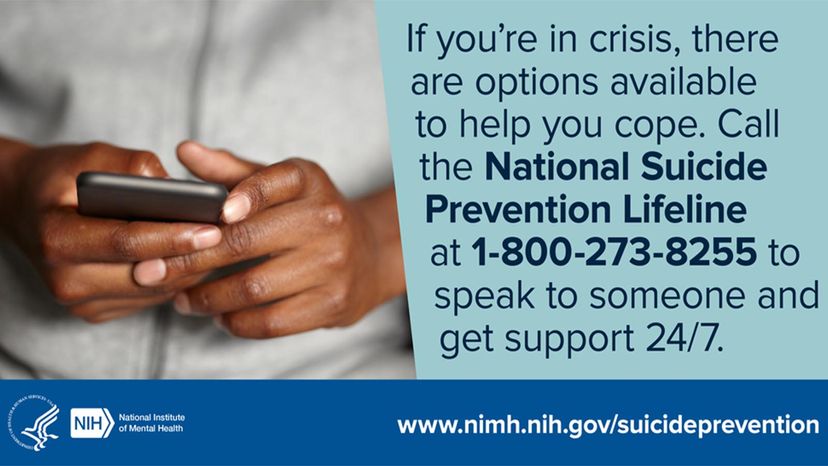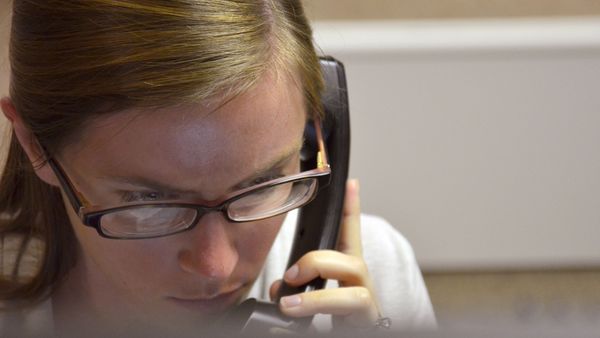
Americans have come, grimly, to grudgingly abide — if not necessarily accept — the idea of suicide. We understand that it's a national problem, a dangerous and growing one. We whisper reverentially about it. We shake our heads. But then, sadly, we simply move on.
To be sure, there are many who spend their lives trying to help those who struggle with suicide. For the rest of us, though, it may be time — it is, in fact, probably well past time — to recognize that suicide in America is both serious and solvable.
Advertisement
It's time to stop moving on and start speaking up, experts say.
"I think we need to be having a national conversation," Jennifer Payne, the director of Women's Mood Disorders Center and an associate professor of psychiatry and behavioral sciences at Johns Hopkins Medicine in Baltimore, said when we spoke to her in 2018.
"Suicide prevention requires a comprehensive approach that addresses risk and protective factors ... at multiple levels including societal, community, relationship and individual levels," Deb Stone, a behavioral scientist in the Center for Disease Control and Prevention's (CDC) Division of Violence Prevention and the lead author on a sobering 2018 study on suicide, writes in an email. "There's a role for everyone in the community."
Advertisement


